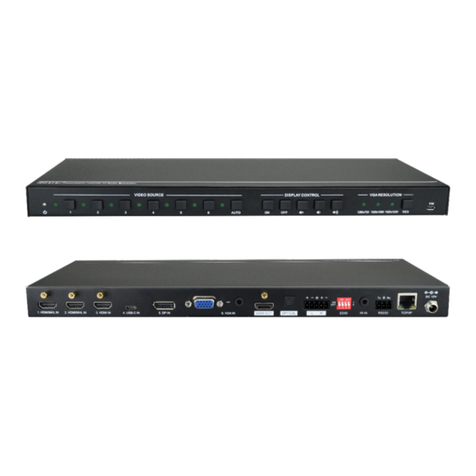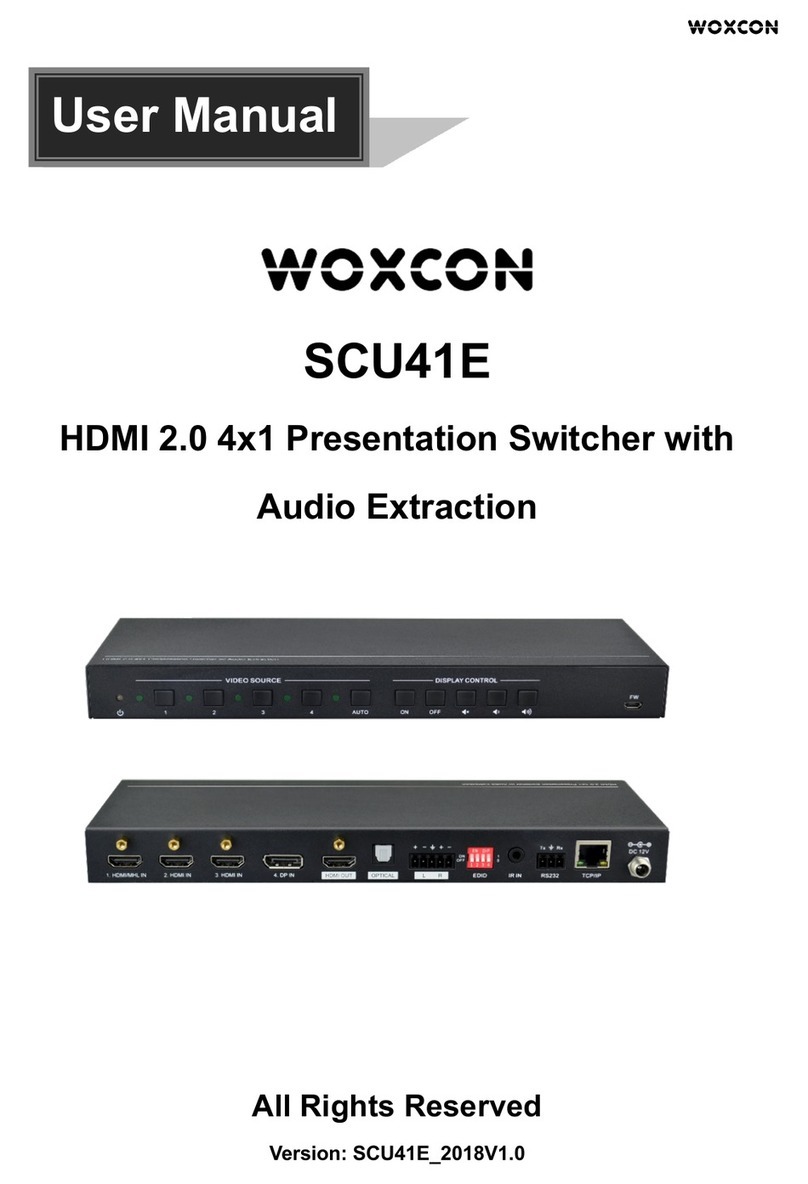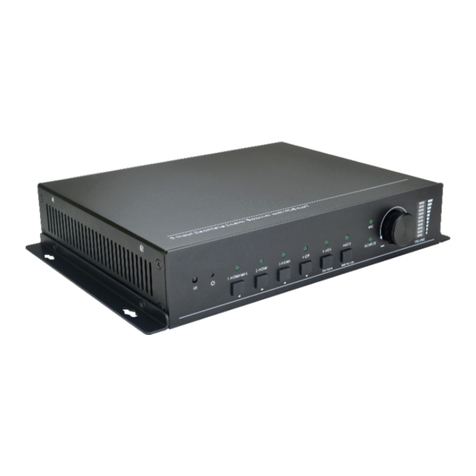Woxcon SCU21E-CODEC User manual
Other Woxcon Switch manuals
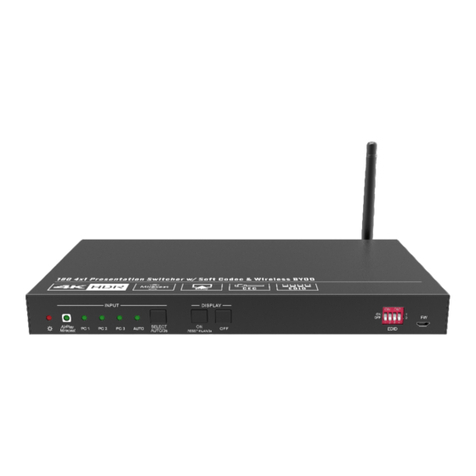
Woxcon
Woxcon SCU41-BYOD User manual
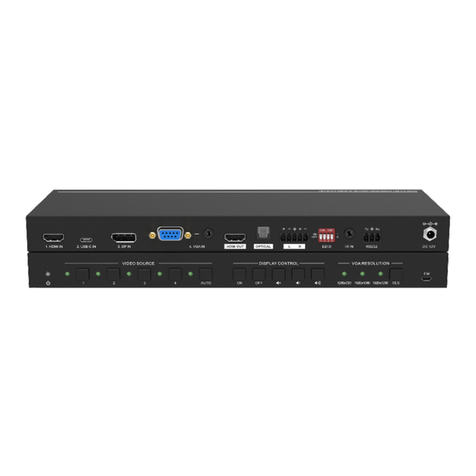
Woxcon
Woxcon SCU41E-VC User manual
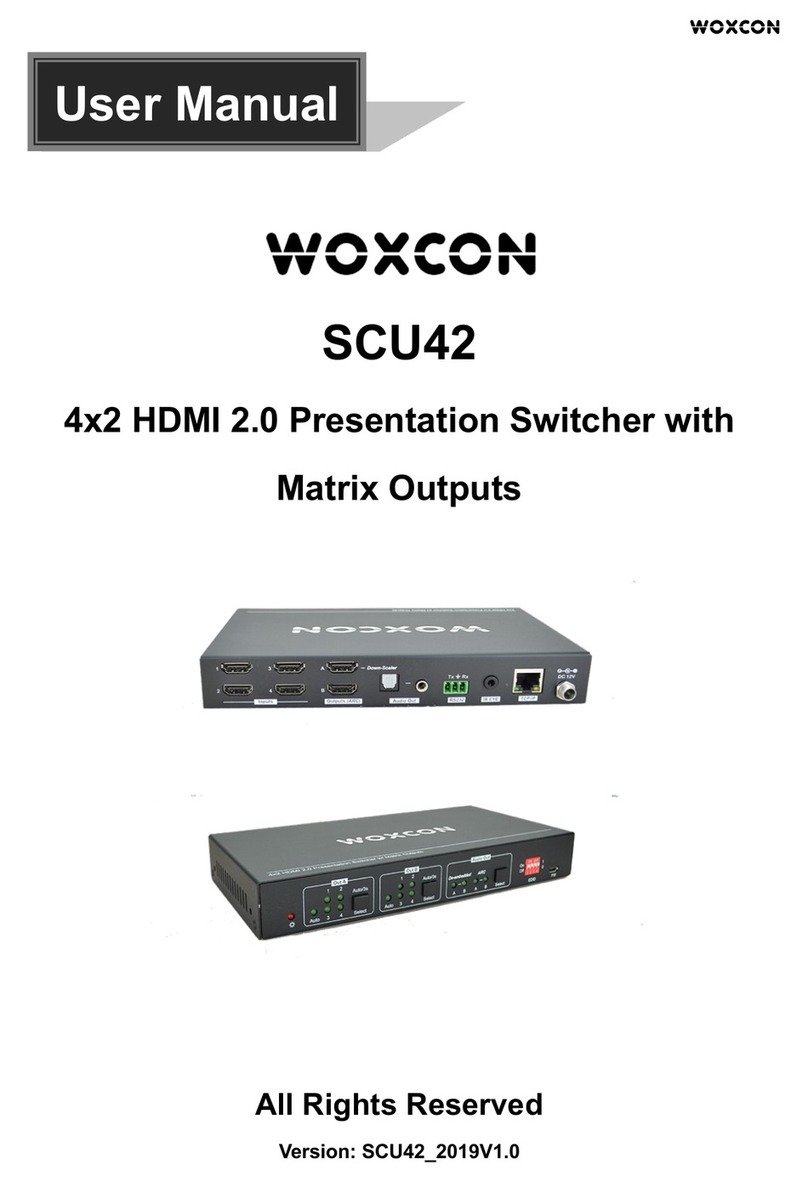
Woxcon
Woxcon SCU42 User manual
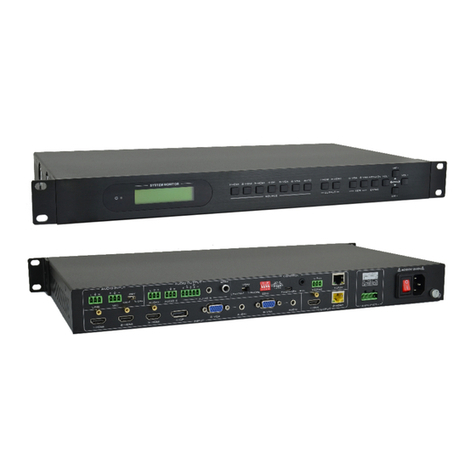
Woxcon
Woxcon SM62T User manual
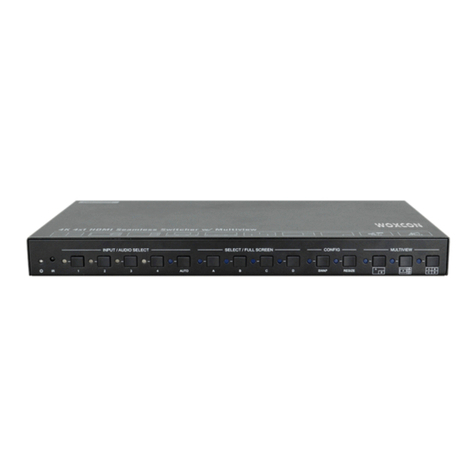
Woxcon
Woxcon SCU41-MV User manual
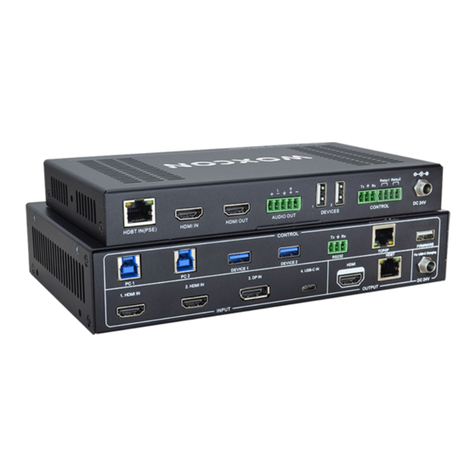
Woxcon
Woxcon SCU42T-CODEC User manual
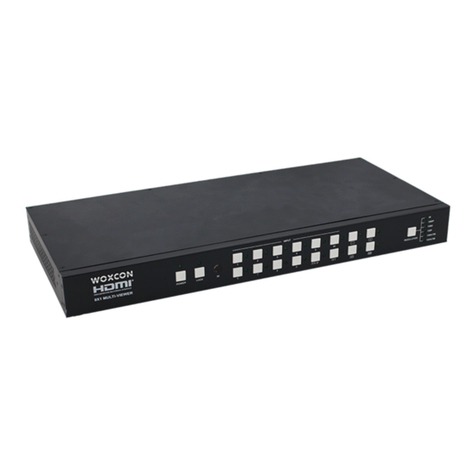
Woxcon
Woxcon SE-891MV User manual
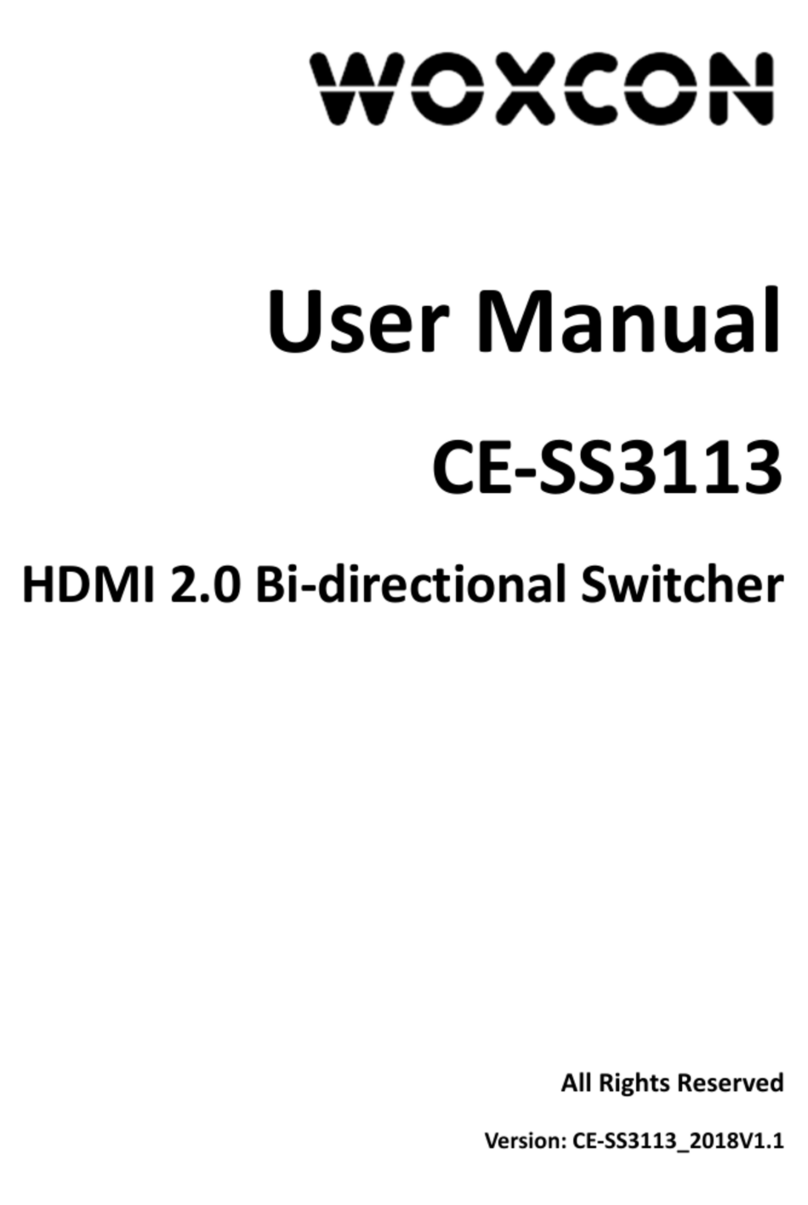
Woxcon
Woxcon CE-SS3113 User manual
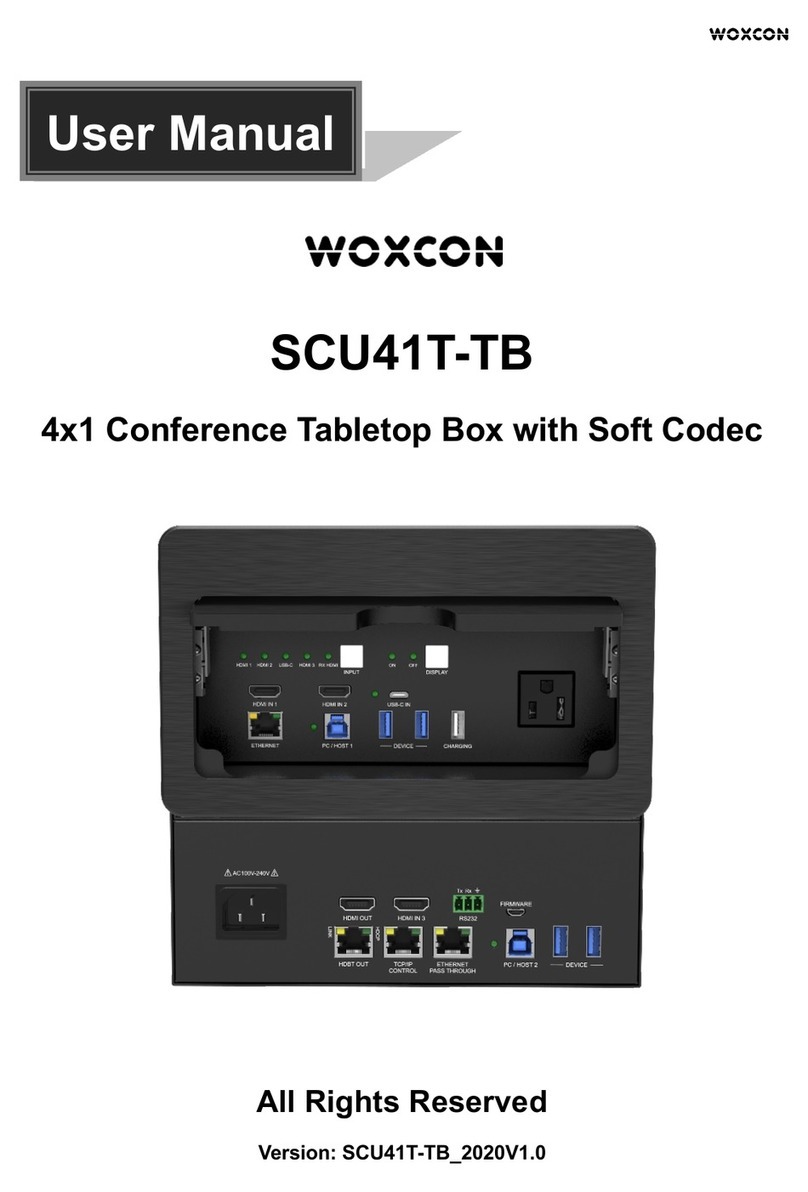
Woxcon
Woxcon SCU41T-TB User manual
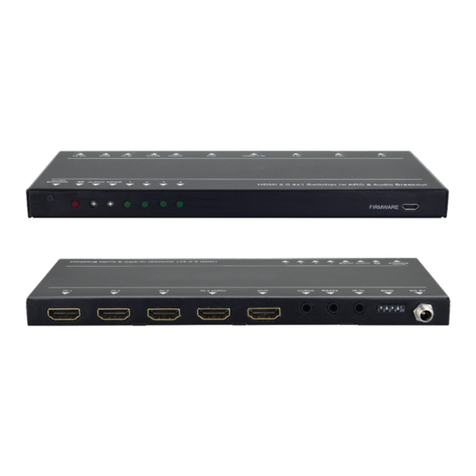
Woxcon
Woxcon WUH4ARC-H2 User manual
Popular Switch manuals by other brands

SMC Networks
SMC Networks SMC6224M Technical specifications

Aeotec
Aeotec ZWA003-S operating manual

TRENDnet
TRENDnet TK-209i Quick installation guide

Planet
Planet FGSW-2022VHP user manual

Avocent
Avocent AutoView 2000 AV2000BC AV2000BC Installer/user guide

Moxa Technologies
Moxa Technologies PT-7728 Series user manual

Intos Electronic
Intos Electronic inLine 35392I operating instructions

Cisco
Cisco Catalyst 3560-X-24T Technical specifications

Asante
Asante IntraCore IC3648 Specifications

Siemens
Siemens SIRIUS 3SE7310-1AE Series Original operating instructions

Edge-Core
Edge-Core DCS520 quick start guide

RGBLE
RGBLE S00203 user manual

